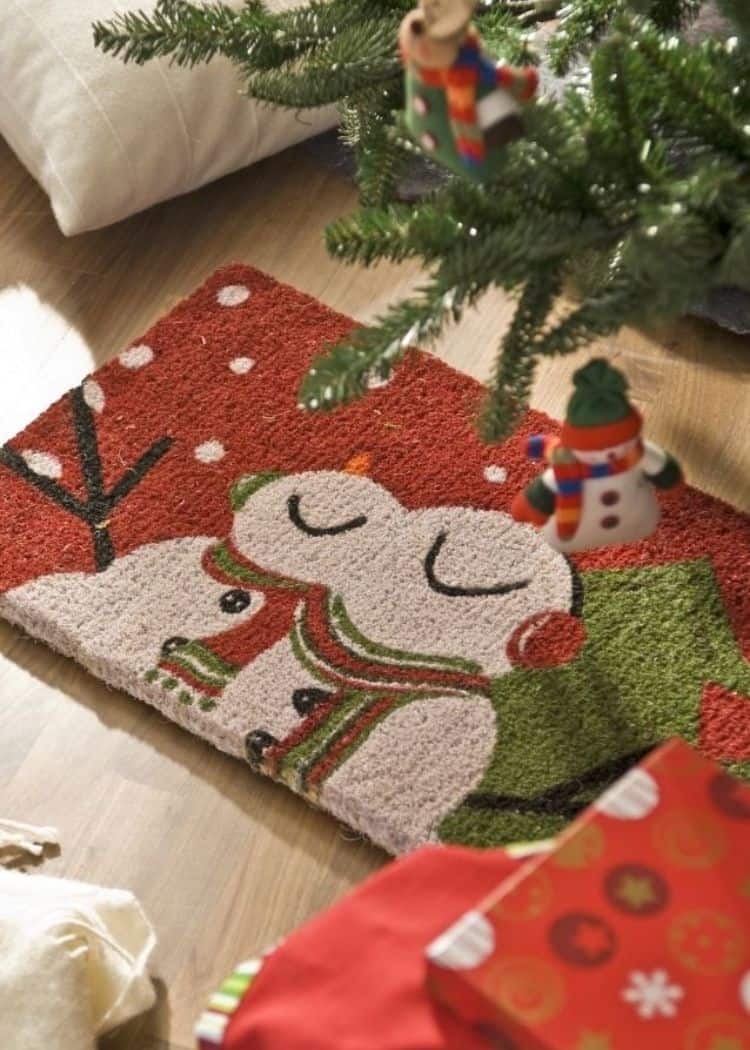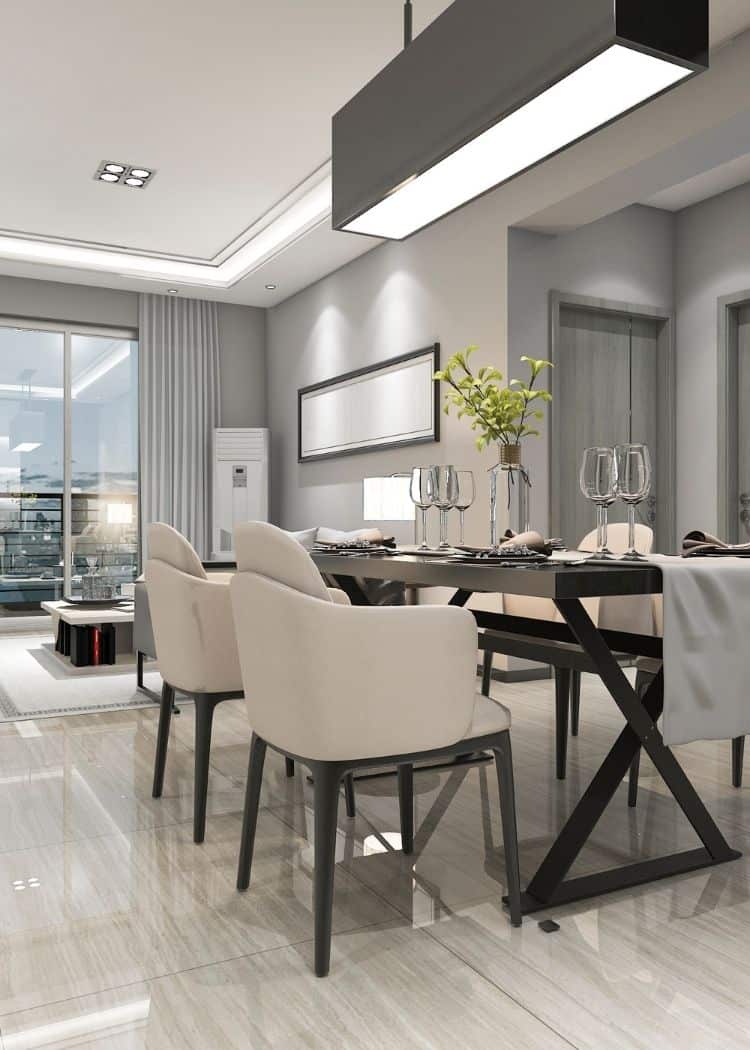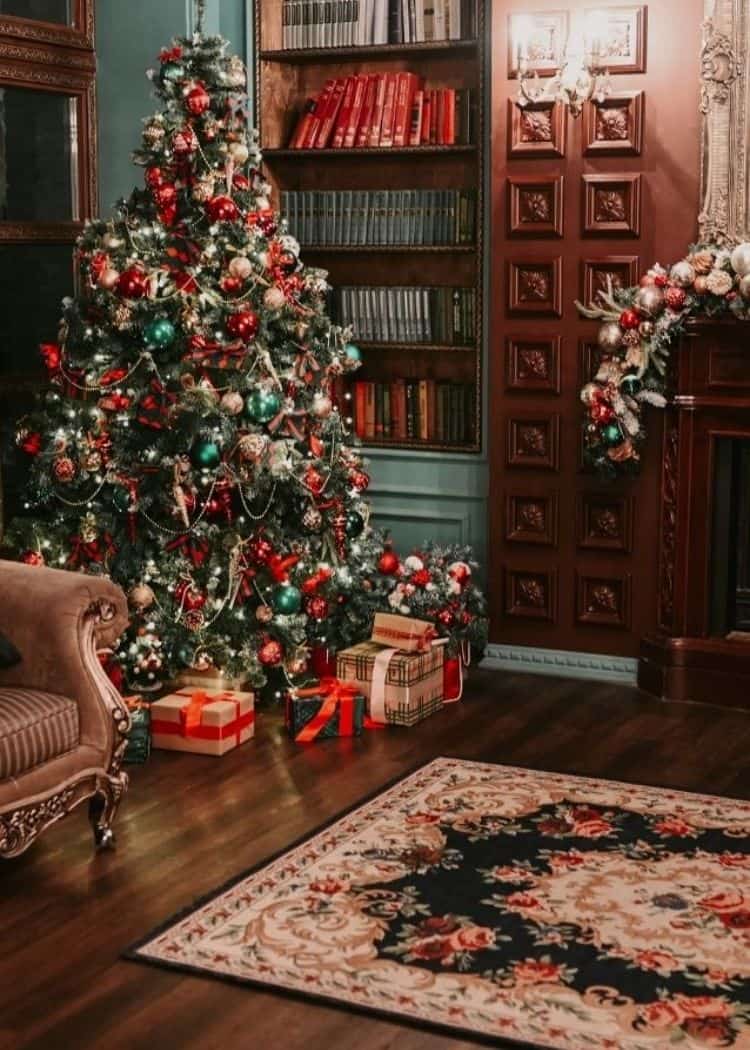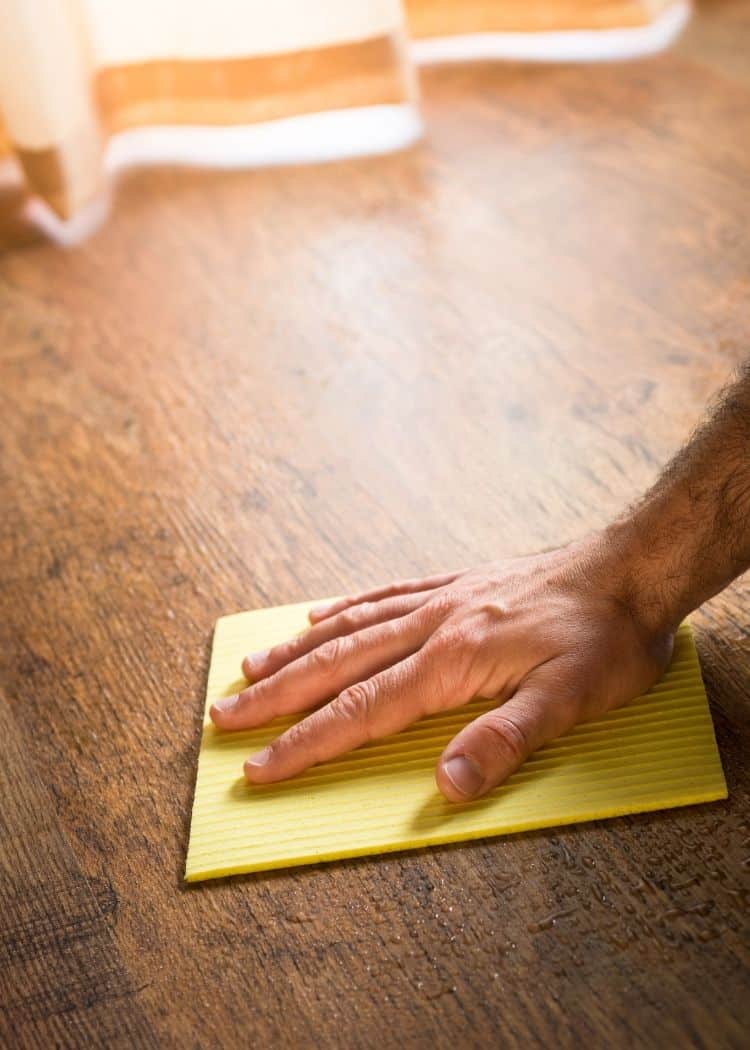
What is Berber Capet? Traditionally the term is used to describe loop carpet that has its origins with the indigenous people of North Africa. We owe a ton of gratitude to the Berbers who created hand-woven textiles that were comprised of a very distinct knot that contained natural multi-color flecks spun from different parts of a sheep’s coat.
This distinguishing factor is what is attributed to carpets being called “Berber”
As time has evolved so has the meaning of Berber carpet. Many people simply use the term looped carpet interchangeably with Berber.
Berber has tons of versatility and goes well with a wide variety of home decor. Traditionally you would see Berber carpet in offices, dens, and basements. I would recommend putting Berber carpet in an area that does not get high traffic. The loops can be snagged and become unsightly.
What Is Berber Carpet Made Of?
Berber is made from the Olefin fiber which tends to be less costly than traditional carpet fibers such as wool and nylon. Olefin is comprised of the following materials such as polypropylene or polyethylene. A variety of plastic materials are recycled to create Olefin. This includes plastic soda and water bottles.
Cost Of Berber Carpet
Berber carpet has increased in popularity as it tends to be more affordable than other types of residential carpet. The versatility of the carpet enables homeowners to find Berber carpets at a wide variety of price points. If you are looking to maximize your dollar when it comes to replacing your carpet then Berber may be the best option.
In addition, Berbers are simply less expensive to manufacture vs. cut-pile carpets. The loop remains in Berber carpets, whereas friezes and cut pile, the carpets you see in home depot and lowes, have the tops sheared off which is an additional manufacturing process that results in additional costs.
Prices may range anywhere from $5 to $9 per square foot for wool Berber. Nylon Berber is less expensive and may run between $1.89 to $5 per square foot. Home Depot shows the Home Decorator Collection starting at $2.29/sq ft.
Pros
- Easy to clean if you get to the stain right away.
- Multi colors
- Durability
- Hides dirt very well
- Spill-friendly
- Affordable
Cons
- Snagging ( If snagging occurs, it could impact the entire row of stitching)
- Pets (Pet nails may get caught in the carpet)
- Not as soft
- Berber carpets can be hard to clean once they are stained – steam cleaning is not advisable.
- Discoloration is also known as a “burn”. Dragging heavy items across the carpet may result in what appears to be a burn mark.
- Hard to repair the snags
The top disadvantage of Berber is running and snagging. Looping in carpet is an actual loop, think of it in the same manner as when your sweater gets a snag in it. No matter how careful you try to be with Berber carpet at some point and time you will get a snag and the snags always look hideous.
Recommendations
Berber can be a great carpet choice for various areas within your home. It would be great in a den or even a bedroom. It tends to feel more casual when the colors are blended. If you are looking for a more formal feel, then a solid Berber should do you justice.
Final Thoughts
Take your time when deciding on what carpet to have installed. Consider the durability of the carpet as well as the area the carpet will go in. Pretty is not always practical. I would consider using Berber in an area that may not get a lot of wear and tear, such as a guest bedroom or a master bedroom.
Related Hardwood Flooring Post
- Flooring Trends In 2022: What the Experts Are Saying
- How To Remove Urine And Pet Odors From Hardwood Floors
- Top Recommended Hardwood Cleaning Products And Supplies





